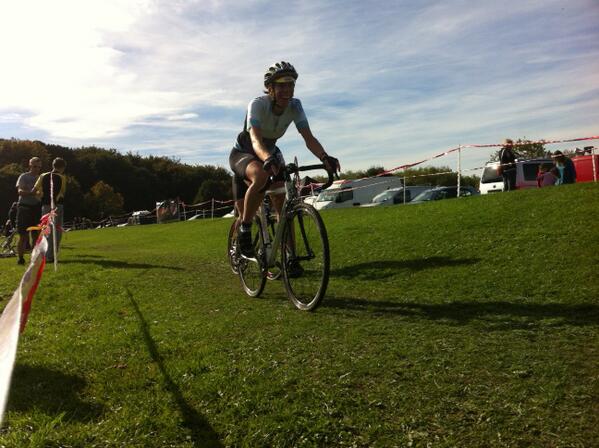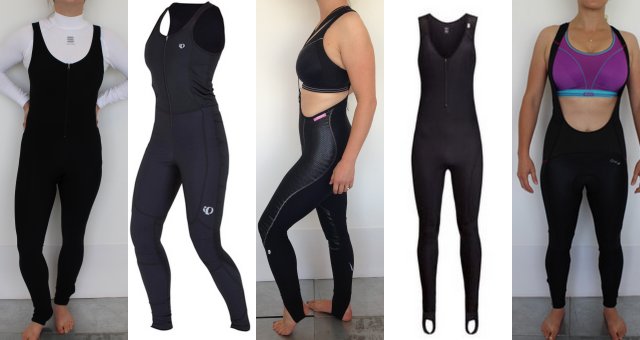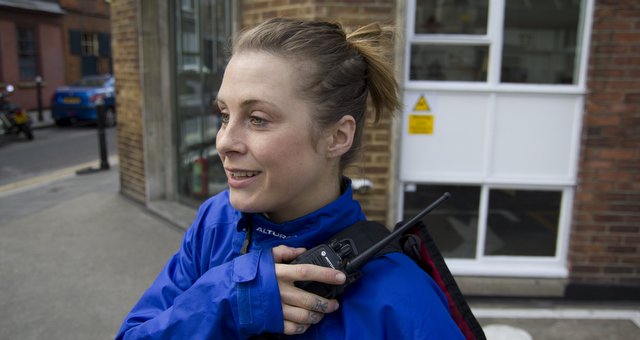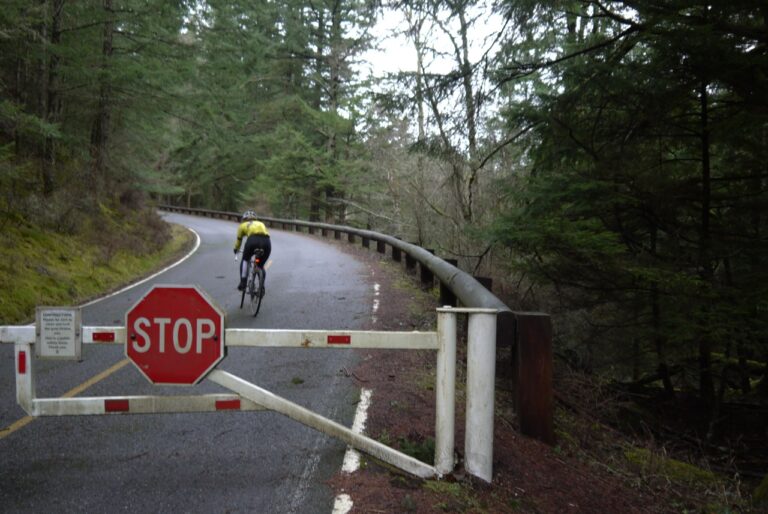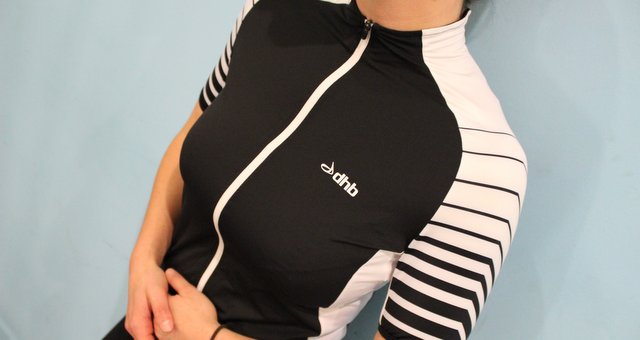Escape the cold and snow of Blighty and flee to warmer climes to kick off your fitness. Collyn Ahart tells you how.
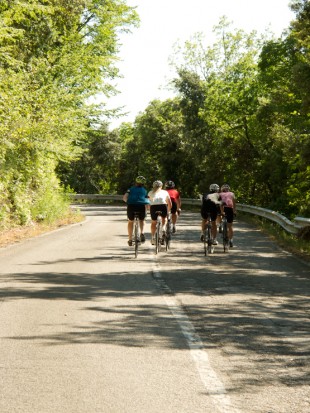
Escaping the cold of winter for a week or two is a must for most cyclists. If nothing else, it’s an excuse to spend time with friends in the sun, to eat European carbohydrates, drink from tiny cans of Coke, and play the never-ending game of gesture communication with locals.
You can easily do upwards of 20 hours’ riding in a solid week of training when the weather is no obstacle. It’s a chance to live like a pro for a brief moment in time, and let all your cares just slip away.
But a lot of people, particularly new to cycling, are scared of training camps. Am I fit enough? Will I get along with anyone? What do I pack? How do I pack my bike? Is it safe to fly with a bicycle? These are totally normal questions. I want to blow the dust off training camps. They’re not just for the super fit and hard-core riders. And they’re not that complicated.
Flying with a bicycle
Probably the biggest fear most new riders have is that a bicycle is going to get destroyed on a plane. It’s probably not.
Yes, if it’s packed incorrectly, it stands a chance of a few scuffs, but it’s very rare to hear of an airline actually doing any serious damage to a bicycle. However, it does need to be carefully packed into either a hard case or padded bag.
There are some amazing ones out there. Bike Box Alan is my go-to, but if it’s your first time flying with a bike, just borrow a case from a friend. Worse case scenario, you can always get a bike shop to pack up your bike in a cardboard box. Most good shops should be able to do this with a bit of notice and usually only charge a minimal fee. Some shops even have travel cases you can borrow or rent.
Make sure you know how you’re going to get to and from the airport. Bike boxes can be quite awkward to carry so you’ll need to make sure you have a car arranged on either side. Most airline carriers charge extra for a bike box, but some, like British Airways, only care about weight and your bike box can be your one piece of checked luggage, at no extra expense.
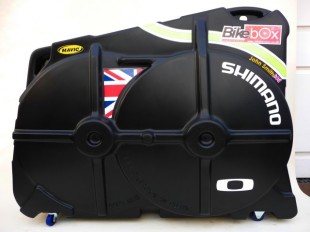
What to pack
Less casual clothing than you think. If you’re traveling on a budget, it’s worth trying to get everything into your carry-on luggage. Depending on your access to laundry, make sure you’ve got enough training kit to last at least three days. You can always hand-wash if you need to. Essentials include a pair of compression socks, comfortable trousers for lounging around post-ride, sandals and walking shoes. If you’re lucky enough to be in summer temperatures, throw in a swim suit.
Your helmet, shoes and pedals should be packed in your hand luggage because they can be quite expensive to replace should something happen with your checked bags. You’ll need sunscreen, sunglasses, and at least one set of colder-weather kit in case the weather takes a turn for the worst. Don’t forget your Garmin or other chosen training recorder, and if you’ve got a sensitive stomach like I do, plenty of ride food like gels and bars.
Where to go
People tend to get into a habit of returning to the same training camp destinations year after year because they get to be familiar with the roads. I take a different approach. I like the variety. I think cycling is about a lot more than just training, it’s a chance to explore the world a bit, see different cultures and meet different people. If you’ve got some good maps and a Garmin, it’s almost impossible to get lost, even if you’re riding on your own. Have a look on Strava for ideas of routes, or get in touch with a local tour operator who will often sell maps for a small fee. The European favourites tend to be Tuscany, Mallorca, the Cote d’Azur, Girona, and Lanzarote.
Will I be fit enough?
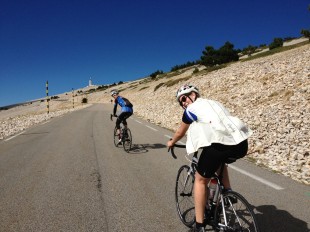
The short answer is no, but none of us are. A lot of people will actually train to go on a training camp, but the purpose of a training camp is to get fit, add the miles or top-end fitness required, depending on what type of training you usually do. A good, organised training camp will have rides available for people of every speed.
You shouldn’t go on a training camp with zero fitness, but it’s a great way to kick start a season of training from any level. Don’t be put off by this: plan to spend a couple of days just doing long slow miles, plan at least one day of rest (a “cafe ride” day) each week, and vary your terrain. One day of big mountains, one day of flat, one day of punchy group riding, a day off, a day of steady solo climbing, and so on. Some areas are only mountainous, so make sure you know what you’re getting into.
Should I go with an organised group?
It’s up to you. Good tour operators, like Cote d’Azur Cycles in Nice, can help you plan a group camp of your own, or you can join a pre-arranged week like their novice camp. They do both guided and “self-guided” rides, so you can make the training camp as personalised as you want. Group camps, particularly if you’re going as a part of a club, can be a lot of fun. But you won’t necessarily get the chance to spend time with locals and do as much exploring as you might in a small group or on your own.
What does it cost?
It depends if you’ve got champagne taste. You’ll probably spend at least £500/week for most quality camps, including short-haul flights, but this price can go up infinitely.
In the end, it really doesn’t matter where you go, as long as there’s an 80 percent guarantee of sunshine for most of your trip. It’s never fun to go somewhere for riding only to get rained on. So find some friends, pack your bags and bike and come back with a whole new level of fitness.
What are your favourite tips and advice for training camps? Tell us in the comments, below.

